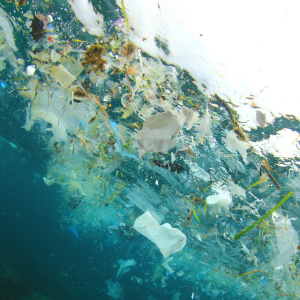
According to Chapter Zero, carbon offsetting is the process of reducing, or removing, the CO2 or other greenhouse gas emissions from the atmosphere to compensate for those emissions produced elsewhere.
Carbon offsetting projects can be split into three categories; nature-based solutions include planting trees, preventing de-forestation, and creating carbon sinks; clean energy solutions include renewable energy projects; technological solutions include mechanical methods of capturing CO2 and other greenhouse gases.
Ultimately, even if you’ve followed every piece of advice on reducing your own carbon emissions, there will always be some impact from your activities. Where this is the case, you may wish to consider utilising carbon offsetting opportunities to compensate for those emissions, so you can confidently claim to be carbon neutral.
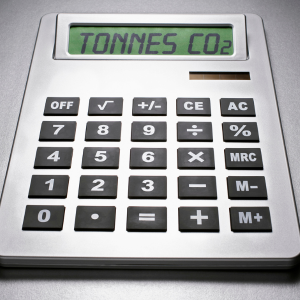
Carbon Footprint
Firstly, in order to understand the amount of carbon you might need to offset to account for your activities, you need to calculate your own, or your family’s, carbon footprint.
There are several sites on which you can do this, including the Carbon Footprint Calculator we’ve embedded in our own site, powered by Carbon Footprint.
Once you have calculated your footprint, you can then look into how you might offset this.
Donate to Carbon Offsetting Projects
There is a huge growth in the number of organisations offering individuals the opportunity to donate towards projects which offset greenhouse gas emissions.
These included Make It Wild, Ecologi, Switch2Zero, and Carbon Neutral Britain.
To ensure your money is going to authentic projects you should ensure they have suitable accreditation; three of the largest Carbon Certifications are the Verified Carbon Standard (VCS), Gold Standard Voluntary Emission Reductions (VER), and the United Nations Certified Emission Reductions (CER) programmes.
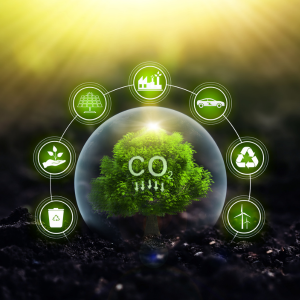
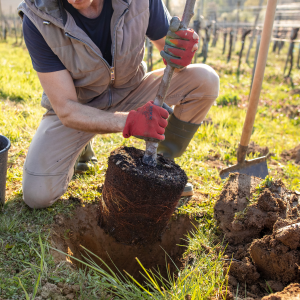
Tree Planting
During photosynthesis, trees absorb CO2 from the atmosphere, bind it with sugar, and then release oxygen. This means they are an excellent method of carbon offsetting.
Whilst it can be argued that vegetations such as grassland is actually more efficient at carbon capture than forests, for most individuals at home, planting a extra tree or two in your garden, if you have space, might allow you to do your bit. If every household with the space planted an additional tree, this would, in time, have a big impact on offsetting our carbon emissions.
The Woodland Trust is an excellent source of information if you are interested in planting trees.
Alternatively, you can pay for an organisation to plant a tree on your behalf, such as the World Land Trust.
Ocean Clean-up
Whilst not neccesarily considered as ‘carbon offsetting’, the removal of plastics and micro-plastics from our oceans is a form of ‘plastic offsetting’ which ultimately contributes to the reduction of carbon emissions through the recycling of waste plastics.
The Ocean Cleanup is one of the biggest initiatives which supports the removal of plastic from our oceans. Their website provides information and updates on their various projects, as well as what you want do to take part.
